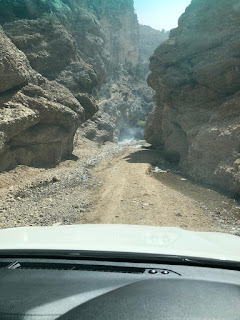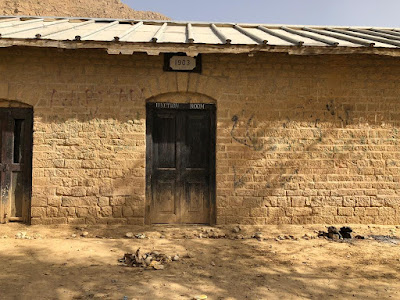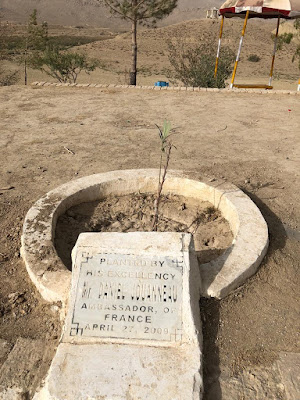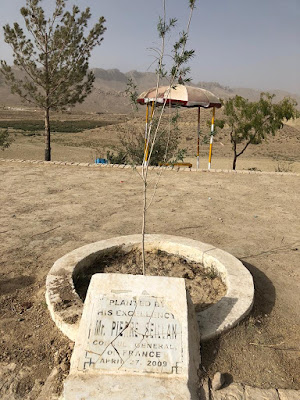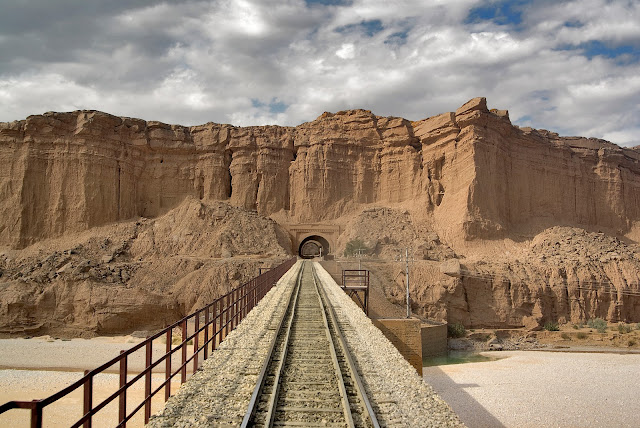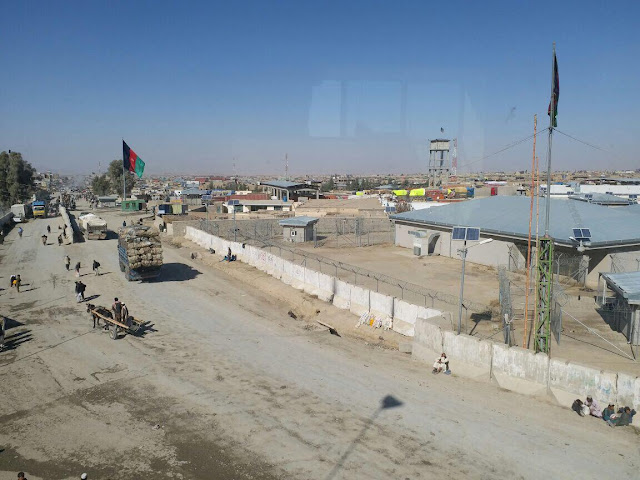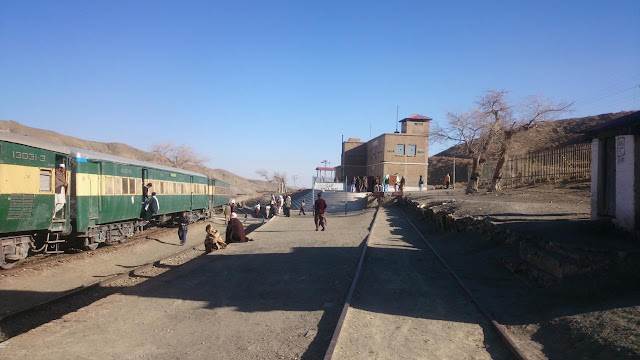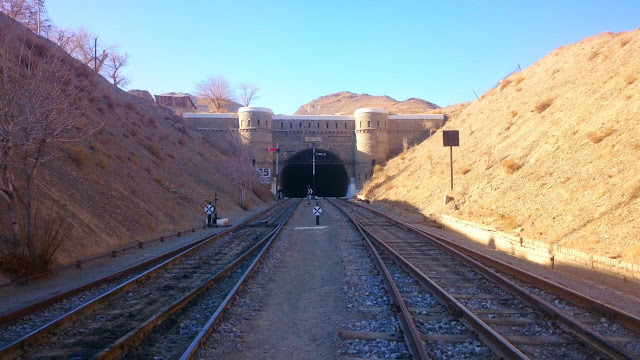Travelling To Taxilla
There are various world legacy locales present in Pakistan and
Taxila is one of them. Its other close neighboring urban communities
incorporate Hassanabdal, khanpur and Wah. Wah Cantt and Taxila are twin urban
areas. Taxila is among the seven tehsils of Rawalpindi locale. It is a city
spread in the fringe of the Potohar level of Punjab. Taxila was verifiably
known as Takshashila and is a city that goes back to 5 century BCE. The written
history of Taxila begins from sixth century BC, when this Gandharan kingdom
turned out to be a piece of the Achaemenid Empire of Persia
The name Taxila signifies 'City of Cut Stone', being one of the
most extravagant South Asia paleologist locales. The city is known as a
demonstration of Buddhism and it is said that the Buddha went through 40 years
of his life lecturing in this specific piece of Pakistan. The city was likewise
governed by the Greeks under ruler Alexander the extraordinary.
Taxila is a mix of affluent urban and peaceful neighborhoods. Urban
local locations are as little, faultless and clean settlements. Taxila is
likewise known for its modern hugeness, a portion of the significant
enterprises in Taxila incorporate substantial machine production line, bond
processing plant, bungalow industry, earthenware and footwear ventures
Places to visit
Museum
This Greek style exhibition hall is situated on the Grand Trunk
street and has numerous earth shattering revelations from the Taxila site.
Taxila gallery is home to objects that go back to 600 B.C having Buddhist and
Hindu inceptions. It is an ideal portrayal of the 'Gandharan Art' displaying
silver, gold and other semi-valuable stones. It's meeting time closes by 5 p.m.
so it is desirable over arrangement your visit to the historical center in the
first part of the day
Bhir Mound
Bhir Mound is the most established site of old Taxila that has been
uncovered various occasions in the course of the only remaining century. It
contains of a few layers of vestiges – the most punctual going back to the
fifth century. It had its significance just like the focal point of
organization, training and exchange.
Jain temple
At the point when the city of Taxila was uncovered, figures of
Buddha and Hindu sanctuaries were found. This spot is loaded with various
sanctuaries and statues that were revered by individuals in those days. The
fundamental statue of Julian, mahatma statue is known as statue of wellbeing
and around this, there are 21 additional stupas that were worked by priests.
These spots will intrigue the individuals who are enamored with prehistoric
studies.
Sirkap
Sirkap is near the gallery, so is effectively available by walking.
This site is the second city of old (Taxila II on the maps) and is by and by
known as Sirkap after the name of a fiendish character from a society legend,
who lived and kicked the bucket here.
Jandial temple
The Jandial temple, set up on a fake hill, nearly takes after the
Classical sanctuaries of Greece. Its Ionic sections and pilasters are made out
of huge squares of sandstone. Worked in the Scythio-Parthian period, it is most
likely the sanctuary depicted by Philostratus in his Life of Apollonius of
Tyana. In spite of the fact that the Jandial sanctuary isn't Buddhist, the
Jaulian remains are. These incorporate a religious community and two stupa
courts
Ruins of town
The remnants of the town frame a sporadic shape estimating around 1
km from north to south and around 600 meters from east to west. The most
established part or layer of these remnants is from the 6th and fifth hundreds
of years BC. The second layer is from the fourth century BC and existed at the
season of the attack of Alexander the Great. The third layer is from the season
of the Maurya lords of India (third century BC). The fourth and highest stratum
contains the developments from time after the Mauryan time frame. The avenues
of the city demonstrate that they were thin and the house designs were
exceptionally sporadic. There is little proof of arranging - the greater part
of the lanes are heedless. The houses had no windows to the outside. They
opened towards internal yards. The patio was open and 15 to 20 rooms were
organized around it
Dharmarajika stupa
Dharmarajika Stupa is the most earliest Buddhist landmark in
Pakistan. It was one of eight sanctuaries built in the third century B.C. amid
the rule of Emperor Asoka of the Mauryan line to house relics of the Buddha.
After some time the hallowed place was ceaselessly extended, achieving its
biggest size in the second century A.D. Presently a demolish, the stupa was
once covered with lime mortar and plating, however these have fallen away
alongside a seven-level umbrella stone that once delegated the best. Close to
the stupa are the remaining parts of immense religious communities that are
scarcely discernable however for the establishment stones.
Industrial significance
The city of Taxila likewise has a mechanical essentialness.
Pakistan law production line, substantial industry Taxila, bond industrial
facilities and in addition little bungalow industry for stoneware, ceramics and
footwear add to the essentialness of the city. The business found in Taxila is
vital both from the military and additionally other business reasons.
Educated city
Taxila is a genuinely taught city over all and it was otherwise
called the focal point of learning and culture previously. Taxila was the prime
seat of learning in the subcontinent too. The city has two conspicuous colleges
to be specific HITEC college and college of building and innovation Taxila.
Aside from this few little neighborhood educational systems are additionally
present. Overwhelming businesses Taxila Education City was a grand expansion to
the urban communities instructive foundations. The governmental issues of the
city is commanded by the two noticeable families in the city in particular the
Syed family and the chaudary family.
Famous people
Statues of different renowned individuals in history, for example,
Alexander the Great and the prominent ruler Asoka are likewise be found in the
city of Taxila. Every one of these statues indicate extraordinary aptitude and
craftsmanship on account of the detail and unpredictability that went into the
creation of these statues. Taxila was assumed control by Alexander the Great in
327 BC after which it was led by the Mauryans. Towards the end, it went under
Asoka's standard amid which time it achieved the apex of its improvement and
culture. In the long run, Taxila was assumed control and decimated. The last
critical authentic period for Taxila was the Gandhara time frame. It was amid
this time Taxila turned into a world known place for logic and workmanship. The
city has a strong traveler base and furthermore draws in numerous vacationer
from the area of China and Greece, principally as a result of it being a middle
for Buddhism and Buddhists from everywhere throughout the world come and visit
the stopas in the city as a result of their religious importance to them.
Historical cities
Like the recorded urban communities Mohenjo-Daro and Harappa,
Taxila was likewise an all around arranged city with wide lanes and
well-assembled houses and in addition stupas for the clerics. The sovereignty
of the time lived in wonderful royal residences in the city. Gold, silver coins
and other adornments things have additionally been uncovered from Taxila. The
present day Taxila isn't too kept up as it was in the past with the shops
infringing on the principle city streets and the town arranging over all has
been exceptionally poor since after the fall of the Gandhara human advancement.
Handicraft
Taxila is celebrated for its crafted works which mirror the city's
way of life as well as the historical backdrop of the place too. Aside from the
painstaking work the city's stone work is additionally exceptionally well known
and a little house industry for stone works has risen in the city.
Resturants
Acclaimed eateries in Taxila are
·
Gandhara
eatery,
·
Dreamland
eatery
·
Food
city.
Famous Food
A portion of the well known foods of Taxila are
·
chapli
kabab
·
freshwater
Rohu
Shopping
The bazaars of the old city offer energizing deals. You can
comfortable surf in the interesting old shops in Saddar bazaar, Moti bazaar and
Raja bazaar. Different renowned markets incorporate Shahmir strip mall,
MandiMaweshiyan and Jhelum compressed wood Markaz timber showcase


